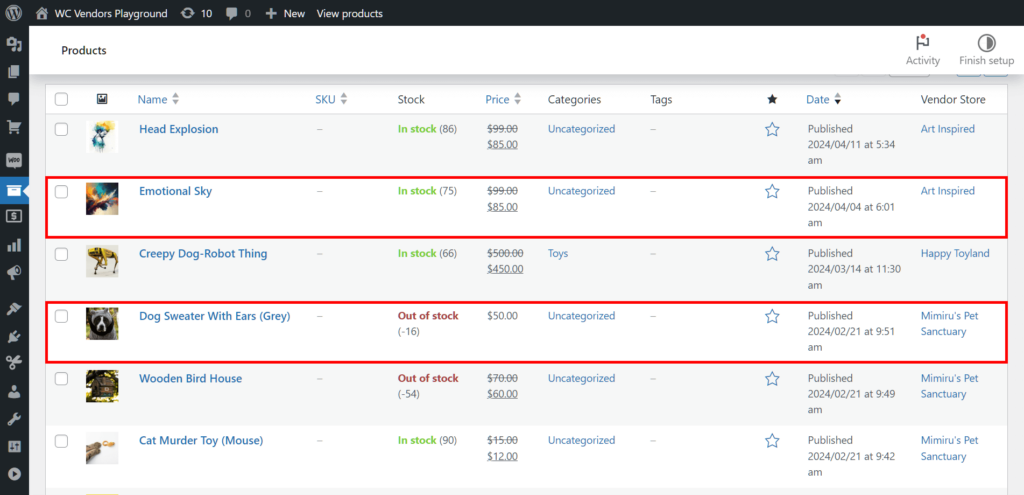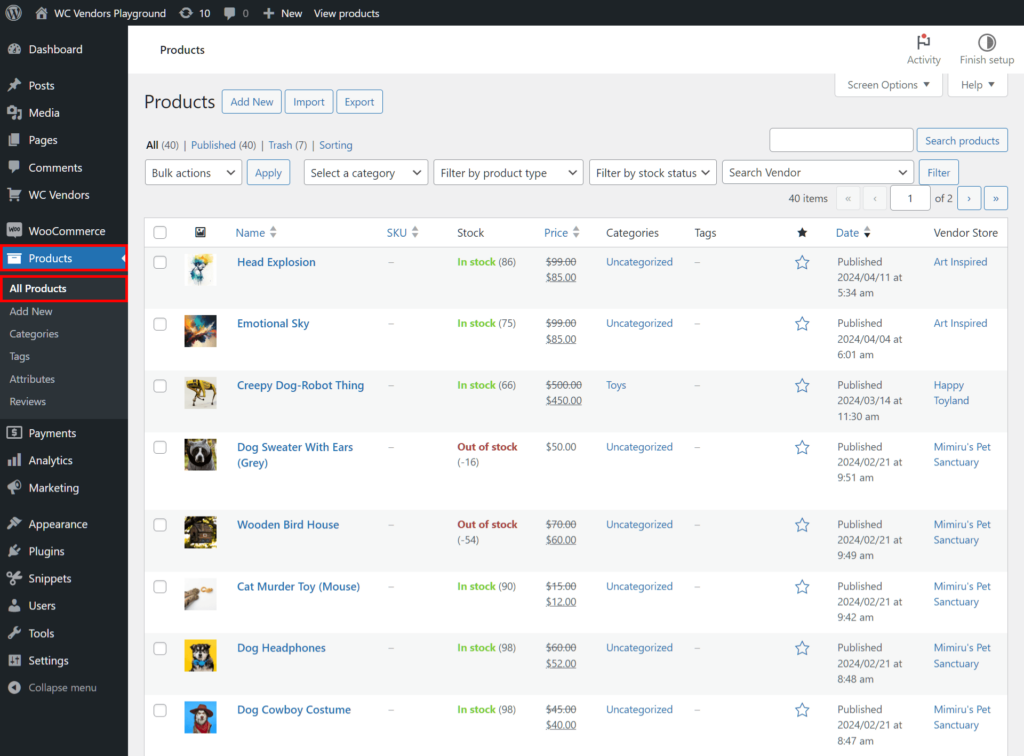
Seasonal demand can make or break an online marketplace, especially multivendor ones. The buzz of Black Friday, the rush of holiday shopping, or the back-to-school spree all bring big opportunities—and big challenges. So, what is seasonal demand? It’s the spikes in customer interest that every marketplace must prepare for. To thrive during these busy periods, you need a solid plan and the right tools.
In this article, we’ll explain what seasonal demand is, share proven strategies to handle it, and show you how to use WC Vendors to keep your marketplace running like a pro.
Let’s dive in!
What Is Seasonal Demand?

What is seasonal demand? It’s when customer buying habits shift during key times of the year, like holidays or special events. Big sales periods, such as Black Friday or Christmas, can bring huge spikes in activity.
For multivendor marketplaces, managing seasonal demand is crucial. It ensures you have enough stock, smooth operations, and happy customers who keep coming back.
Why Seasonal Demand Forecasting Is Crucial
Seasonal demand forecasting helps marketplace admins and vendors get ready for busy times. It ensures they meet customer needs without overloading resources. Benefits include:
1. Efficient inventory management
Avoid stockouts or overstocking by planning ahead. Use sales data to predict demand for popular items. Ensure vendors have enough stock to meet customer needs during busy times. This keeps your marketplace running smoothly and boosts customer satisfaction.
2. Enhanced vendor collaboration
Work closely with vendors to forecast seasonal demand for their products. Share insights and trends to help them plan better. Encourage vendors to stock up on popular items and adjust their offerings for busy periods. Clear communication ensures everyone is prepared and ready to meet customer expectations.
3. Better customer experience
Smooth operations during demand fluctuations keep customers satisfied. Ensure products are in stock and orders are processed on time. Reduce delays by coordinating with vendors and streamlining logistics. Happy customers are more likely to return and recommend your marketplace to others.
Accurate forecasting reduces surprises and helps you make informed decisions during high-demand periods.
How To Forecast Seasonal Demand
Seasonal demand forecasting doesn’t have to be complex. Here’s how you can prepare:
1. Analyze past sales trends

- Review previous years’ data for insights into what products sold well during specific periods.
- Use analytics tools like Metorik or WC Vendors-compatible plugins to extract historical sales data.
2. Stay updated on industry trends
- Research trending products or categories for upcoming sales periods.
- For example, fitness equipment might peak in January, while home décor could surge before the holidays.
3. Collaborate with vendors
- Encourage vendors to share their demand forecasts based on their inventory and previous sales.
- Use email or a shared platform, like a CRM with a project management tool, to streamline communication and ensure all vendors are aligned.
4. Monitor real-time data
- Use Google Analytics 4 (GA4) to monitor real-time traffic and behavior. For example, check which products are trending during peak hours and adjust promotions accordingly.
- Utilize WooCommerce Analytics to track live sales and product performance. If a product sells out quickly, inform vendors to restock or enable backorders.
Seasonal demand forecasting is all about being prepared. By reviewing past sales, staying on top of trends, and working with vendors, you can plan ahead with confidence.
Now that you know how to forecast seasonal demand, let’s move on to practical strategies. In the next section, we’ll share tips to help your marketplace succeed during peak sales periods.
Practical Tips For Managing Seasonal Demand
1. Streamline inventory management

Vendors can use their WC Vendors dashboard to monitor stock levels easily. Vendors should set low-stock thresholds to get alerts when items are running low. This helps them restock on time and avoid missing sales during busy periods.
2. Enable backorders for key products
Allow vendors to enable backorders for popular products during busy periods. With WC Vendors Pro, this feature lets customers place orders even if stock is temporarily unavailable. It helps vendors avoid losing sales on high-demand items. Vendors can use backorders strategically to manage inventory and meet customer expectations.
3. Bundle popular items

Encourage vendors to create product bundles to boost sales. Bundling related items gives customers more value and increases the average order size. For example, a fitness bundle could include a yoga mat, resistance bands, and a water bottle. Bundles are also great for promoting seasonal or themed products during busy periods.
Conclusion
Seasonal demand can be both a challenge and an opportunity for multivendor marketplaces. Understanding what is seasonal demand is the first step to success. With the right strategies, you can make the most of busy times like Black Friday and the holidays. Plan ahead and use the right tools to help your marketplace thrive during high-demand periods.
To help your marketplace succeed, here’s what you should focus on:
- Understanding Seasonal Demand
- Why Seasonal Demand Forecasting Is Crucial
- How to Forecast Seasonal Demand
- Practical Tips for Managing Seasonal Demand
By following these strategies, you’ll be ready to handle demand fluctuations and keep your customers happy. With WC Vendors, you have the tools to make it happen seamlessly.
If you have questions or want to share your own tips, feel free to send us a message. Let’s make your marketplace a success!

